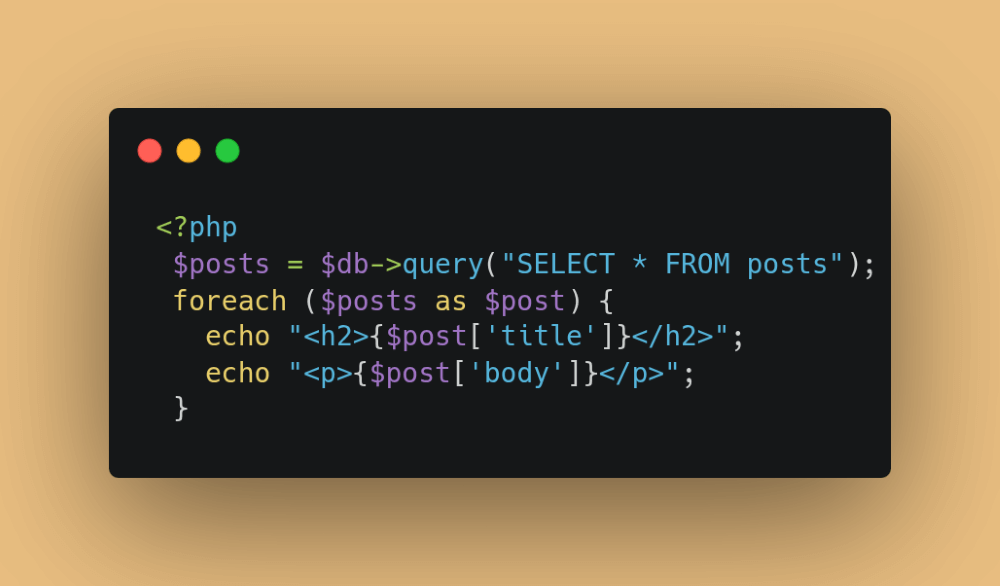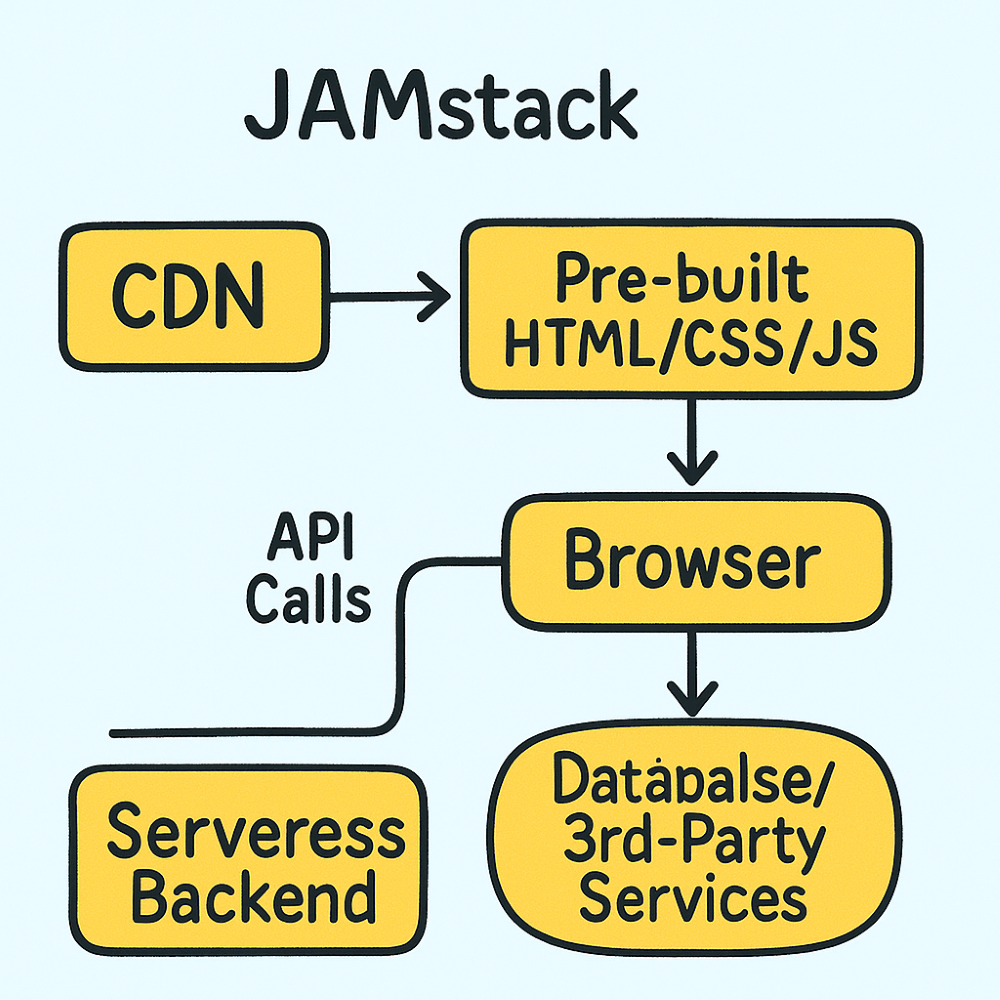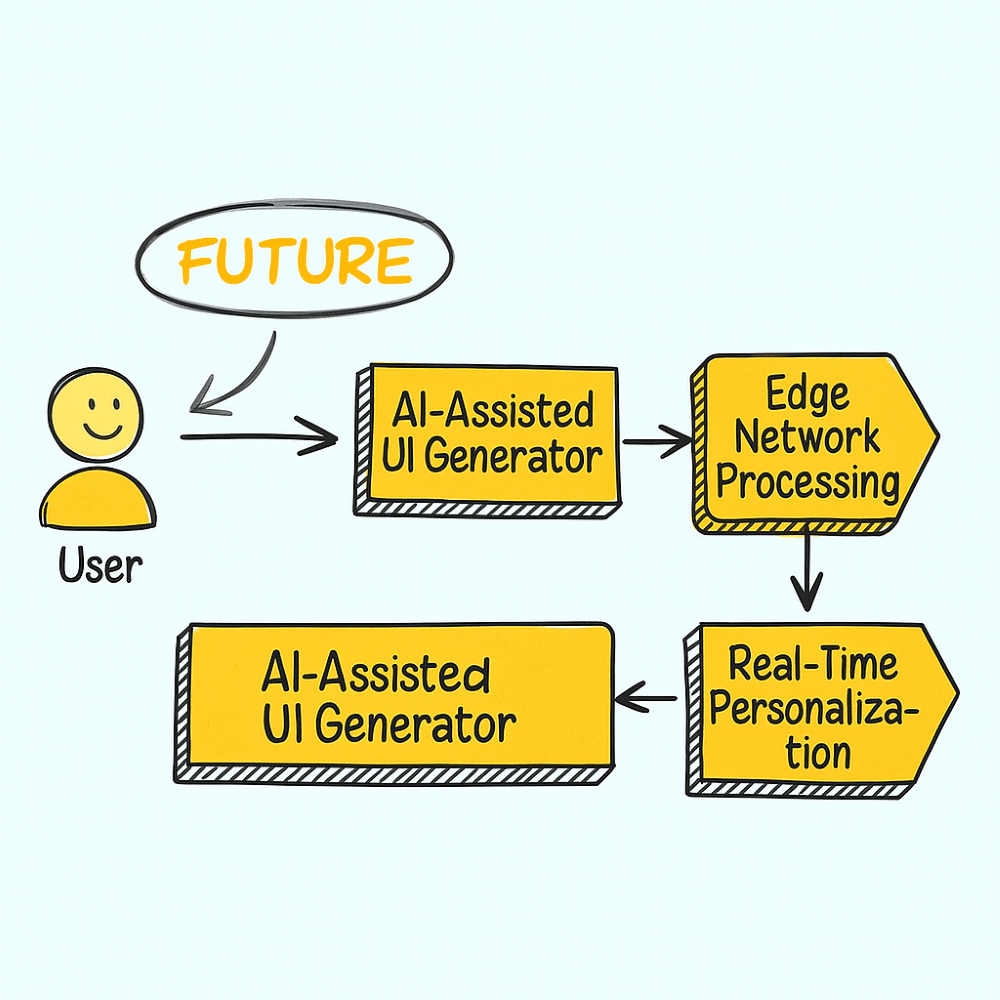Web development has undergone a seismic shift since the very first static HTML page went live in 1991. What began as a simple tool for academics has exploded into a dynamic, multi‑trillion‑dollar ecosystem powering everything from sprawling social networks to mission‑critical AI‑driven applications. In this blog, we’ll trace four pivotal phases of that journey—and see how each laid the groundwork for the next.
1. The Static Era (1990s)
- Core Tech: HTML 2.0, inline CSS, basic hyperlinks
- Characteristics: Entirely client‑side; every page refresh fetched a new HTML document.
- Use Cases: Personal homepages, simple “brochure” sites, academic journals.
2. The Dynamic Revolution (2000s)
- Core Tech: PHP, ASP.NET, MySQL, Apache
- Characteristics: Server‑side templates generated on the fly; introduction of relational databases.
- Use Cases: Content Management Systems (WordPress, Drupal), early e‑commerce stores.
3. The Interactive Age (2010s)
- Core Tech: AJAX, jQuery, single‑page application (SPA) frameworks (Angular, React, Vue)
- Characteristics: Heavy client‑side logic; asynchronous data fetching; component‑based UIs.
- Use Cases: Rich dashboards, social media feeds, real‑time collaboration tools.
4. The Modern Paradigm (2020s)
- Core Tech: Core Tech: JAMstack (Next.js, Gatsby), serverless functions, WebAssembly, AI integrations
- Characteristics: Pre‑rendered static assets with dynamic behavior; microservices; AI‑powered tooling.
- Use Cases: Headless CMS, real‑time personalization, high‑performance edge applications.

Why This Matters
By appreciating how far we’ve come—from hand‑coded, static pages to AI‑augmented, globally distributed applications—developers can better anticipate the trends that will shape tomorrow’s web. Understanding these phases helps us build architectures that are both future‑proof and user‑centric.
The Dynamic Revolution & Rise of Frameworks From Server‑Side Chaos to Client‑Side Order
Early dynamic sites relied entirely on server‑side rendering (SSR): every user action triggered a new HTTP request and a full‑page reload. As codebases grew, this approach became brittle—intertwined logic, slow load times, and poor user experience.

The JavaScript Boom
- AJAX (2005): Introduced asynchronous XMLHttpRequests, enabling partial page updates without full reloads (think Gmail’s instant inbox updates).
- jQuery (2006): Abstracted complex DOM‑manipulation into simple, chainable methods ($('.btn').on('click', ...)).
- SPA Frameworks (2010s):
- Angular (2010): Opinionated MVC architecture, two‑way data binding
- React (2013): Component‑based, virtual DOM, unidirectional data flow
- Vue.js (2014): Lightweight, approachable, reactive data binding
Impact:
- Developer Productivity: Reusable components, clearer separation of concerns
- User Experience: Smooth navigation, real‑time updates, mobile‑like interactions
Modern Architectures & AI Integration
JAMstack: Decoupling Frontend and Backend
JAMstack stands for JavaScript, APIs, and Markup. Instead of bundling presentation and data layers on one server, it separates them:
1. Pre‑Rendered Static Pages
- Tools: Next.js, Gatsby
- Benefits: Blazing‑fast load times, excellent SEO, low hosting costs
2. Serverless Functions
- Platforms: AWS Lambda, Netlify Functions, Vercel Serverless
- Use Cases: On‑demand APIs, form handling, authentication, image processing
3. Headless CMS & Microservices
- Examples: Contentful, Strapi, Sanity for content; microservices for user management, payments

AI’s Role in Web Development
- AI‑Generated Code: Tools like GitHub Copilot accelerate boilerplate generation—boilerplate routes, component scaffolding, unit tests.
- Dynamic Content & Personalization: ChatGPT or custom LLMs powering chatbots, personalized recommendations, A/B testing text variations.
- Automated Testing & QA: Services such as Testim.io or Percy use AI to generate test scripts, detect visual regressions, and simulate complex user flows.
The Future & Key Takeaways
What’s Next?
1. WebAssembly (Wasm)
- Overview: Compile languages like C++, Rust, or Go to run in the browser.
- Implication: Bring CPU‑heavy workloads (e.g., video editing, 3D rendering) to client side.
2. Edge Computing & Distributed CDNs
- Concept: Run serverless functions geographically closer to users.
- Outcome: Millisecond‑level responses, regional custom logic (e.g., GDPR compliance).
3. AI‑First Development
- Vision: Prompt‑driven UIs—describe a layout in plain English, and tooling scaffolds the React components and styles for you (e.g., Vercel v0 early previews).
- Challenge: Balancing automation with maintainability, avoiding “AI lock‑in.”

Conclusion & Final Thought
The evolution of web development charted here reflects one constant: the quest for speed, scalability, and user‑centricity. As we move forward, developers will shift away from repetitive boilerplate toward crafting AI‑augmented, cross‑platform, and ethically designed experiences.
“ Adapt or become obsolete—the only constant is change. ”

